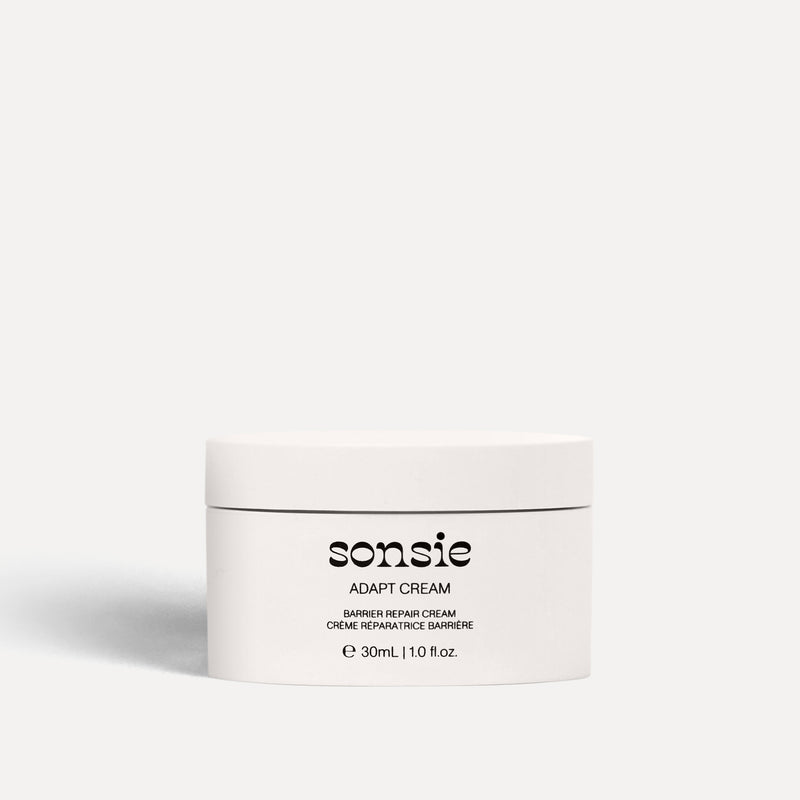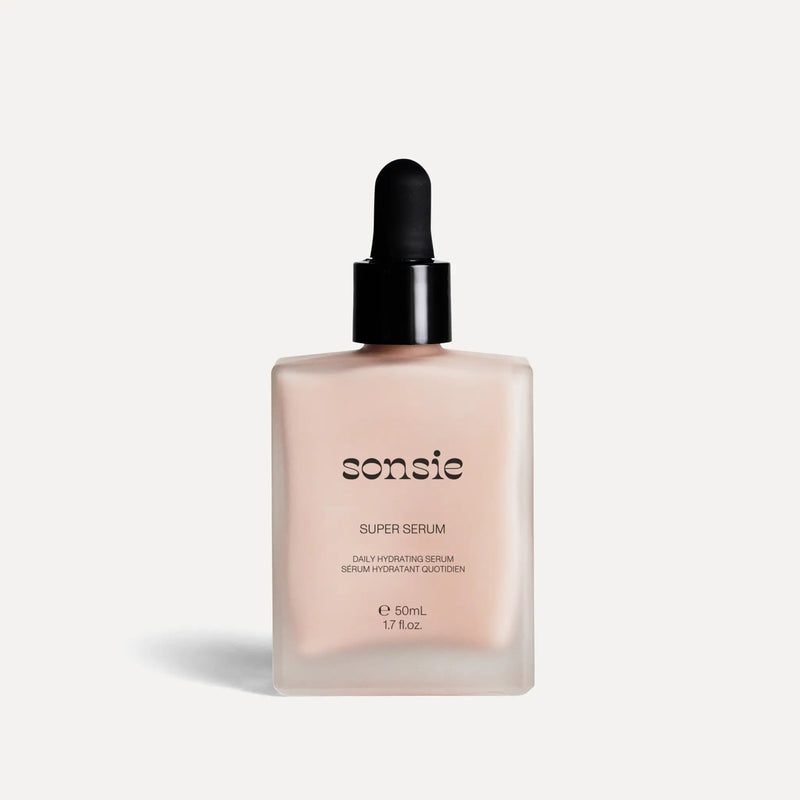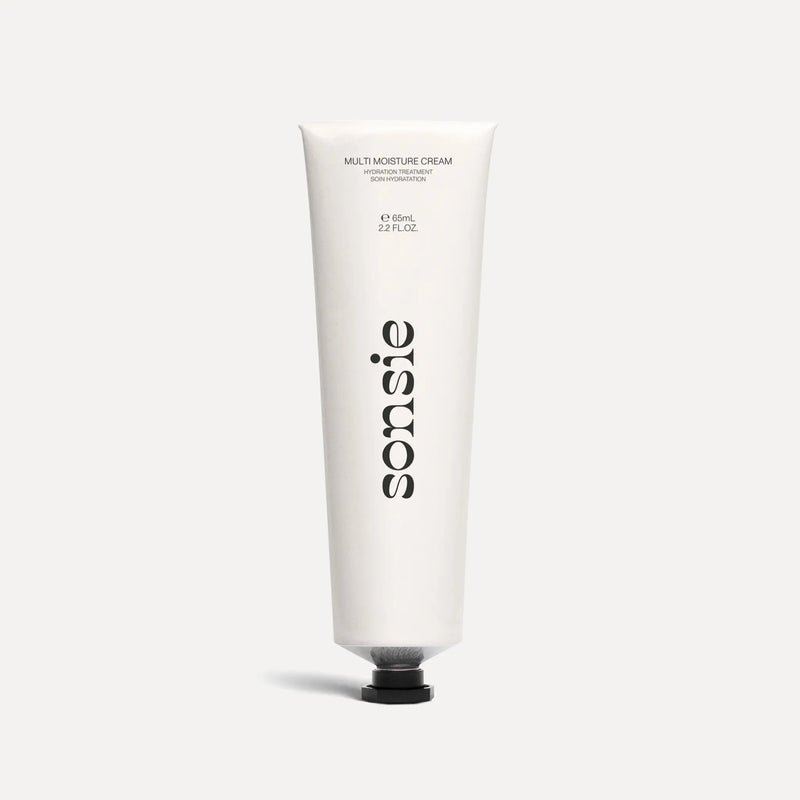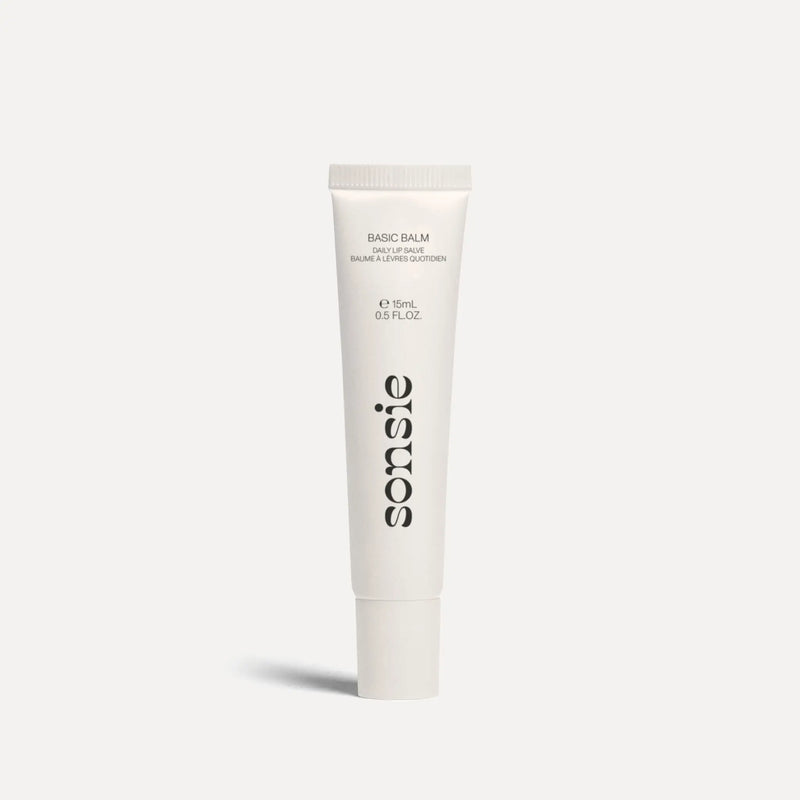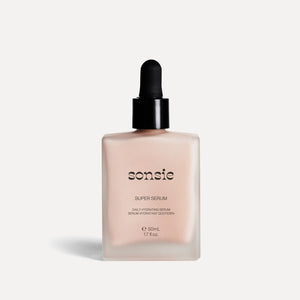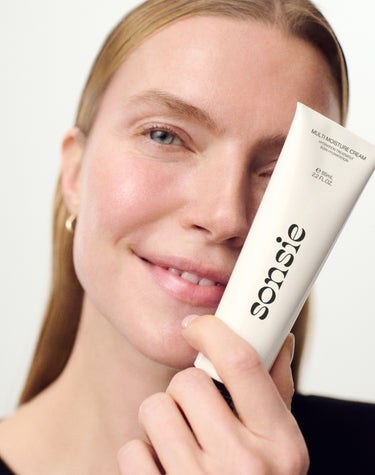Understanding Allergens in Skincare
Understanding Allergens in Skincare
Sonsie formulates with the intention to avoid allergens, to make sure that as many people as possible are able to love our products!
Allergens in skin care are becoming easier to identify with new regulations being enforced in the US and EU, which is great! However, it will take time to roll out these regulations and there are some common misconceptions when it comes to allergens in skincare. Our goal in sharing this information is to empower you with accurate and reliable data, so you can make more informed decisions.
What is an Allergen?
The most simple definition of an allergen is a substance that causes an allergic reaction. The FDA has compiled a list of common allergens found in some cosmetic products, which you can find here. Common allergens fall into the five classes: natural rubber (latex), fragrances, preservatives, dyes, and metals. Most of these ingredients are more common in color cosmetics, but it’s no question that fragrance has been increasingly concerning in skincare due to allergic reactions. If you want to read more about fragrance in skincare, read our post about it here.
Understanding Cosmetic Allergen Regulation
As mentioned, there has been increased regulation regarding cosmetic allergens. Under the EU Commission, Regulation (EC) No. 1223/2009, 26 identified allergens must be published on a cosmetic label if they are present above a certain threshold (0.001% for leave on products and 0.01% for rinse off products). In 2023, the regulation was updated by Annex III of the EU Cosmetic Products Regulation with 56 new allergens that must be on labels by July 31st, 2026.
In the US, there had not been any requirement to label allergens on cosmetics until 2022, when the Modernization of Cosmetics Regulation Act (MoCRA) was announced. In the US, this is the biggest change to the scope of the U.S. Food and Drug Administration's (FDA) regulatory authority over cosmetics since 1938. However, the list of allergens required to appear on labels has yet to be published by the FDA.
As more regulations are passed, expect to see more transparency from brands regarding how they’re approaching fragrance. Until then, there are a few approaches to take to be mindful of potential allergens in cosmetics, starting with common misconceptions.

Common Misconceptions About Essential Oils in Cosmetics
There is a common misconception that essential oils contain no allergens, when in fact the opposite is true. Because essential oils are natural, they tend to contain many allergens. Just like you might have an allergy to pollen when flowers bloom in the spring, you can be allergic to a compound within essential oils.
Common Misconceptions About Allergens in Cosmetics
It’s true that most allergic reactions are due to ingredients hiding behind the term “fragrance.” However, fragrances are not the only reason allergens exist in cosmetics. That means shopping fragrance free, won’t guarantee no allergic reactions. Allergens exist in cosmetic ingredients themselves and yes even those labeled “natural” or “clear” or “organic.” Allergens are more common in natural ingredients because allergens exist in nature! One great example is natural bisabolol. Bisabolol is an amazing ingredient for sensitive skin that’s been clinically proven to show skin soothing benefits. Alpha-bisabolol is usually naturally derived from chamomile, though it can be produced synthetically or even found in other plants naturally. However, because this ingredient is natural, it can contain the allergen farnesol. Farnesol is included in the EU allergen list, but it’s still possible that a product sold in the US contains farnesol and remains unlabeled. So, it’s possible you could experience an allergic reaction to a fragrance free product that does not have a labeled allergen.
Avoiding Allergic Reactions
Not all identified allergens have to be on packaging today, and others are being researched that may be newly categorized as an allergen. You can also develop an allergy and find yourself having a reaction to something you’ve not had a reaction to before. There are ways to approach new skincare products to avoid allergic reactions. The FDA recommends a patch test, which you can try at home. A 48-hour patch test can be performed by placing a small amount of allergen on the skin and covering it for 48 hours. After 72 to 96 hours, check for signs of an allergic reaction, including, redness, a rash, or hives.
At Sonsie, we always stay up to date on the latest scientific studies and regulatory requirements, and formulate with intention to make sure our products avoid allergens to the maximum extent possible. As more information becomes available about allergens in skincare products, we’ll be sure to update you.

